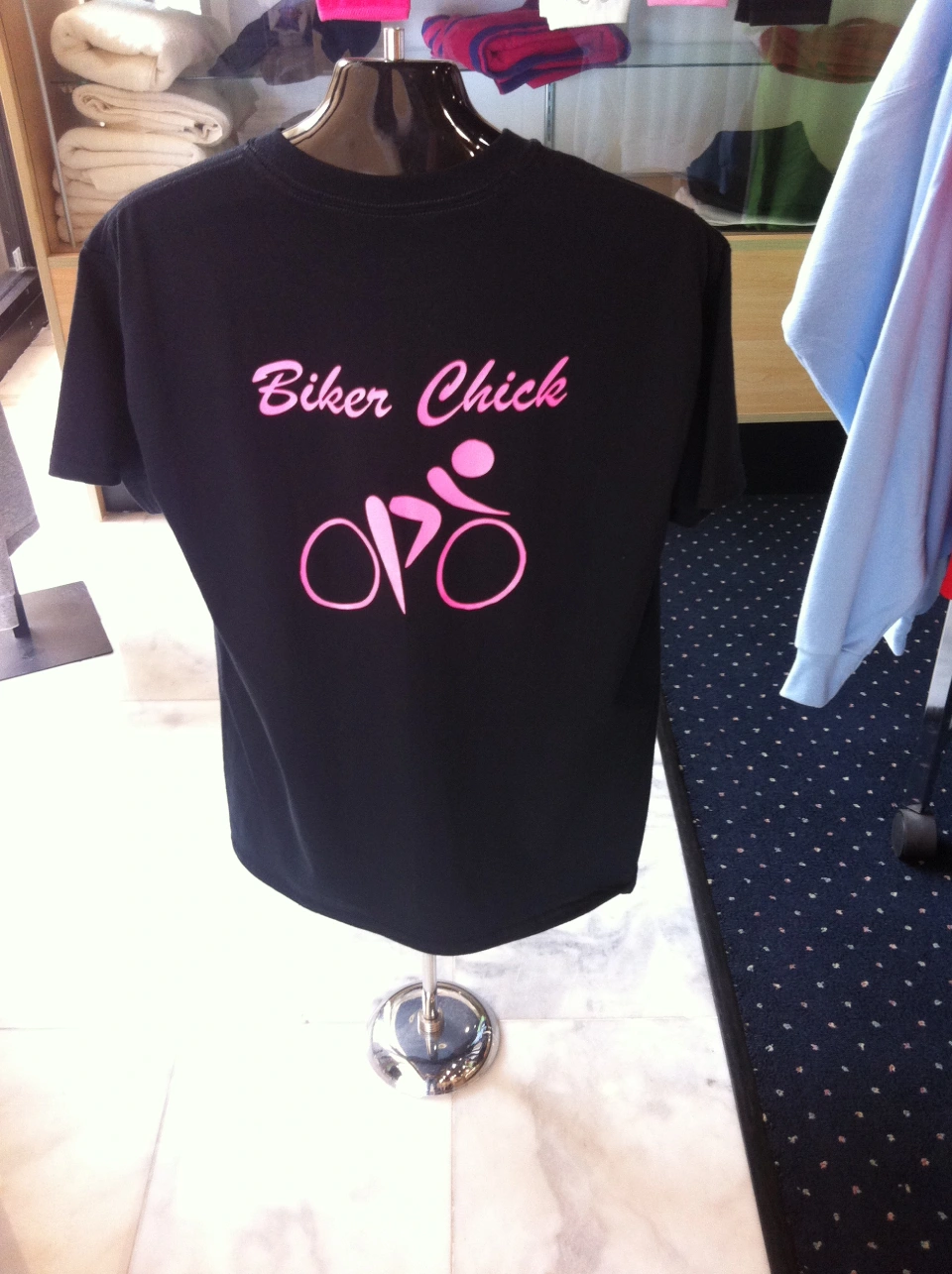The Art of Personalized Needlework: Opening the Keys to Creating Unique and Memorable Layouts
The tricks to creating personalized embroidery layouts that mesmerize the eye and leave a long lasting impression lie in a fragile balance of strategy, imagination, and attention to information. As we dig into the globe of personalized needlework, we uncover the nuanced interaction between thread choice, sew complexity, and layout personalization that elevates a simple garment to a work of art.
Choosing the Right Embroidery Threads
When picking embroidery threads, what essential variables should you consider to make sure the most effective results for your customized layouts? The selection of embroidery thread is vital in determining the last end result of your embroidered design. One of the primary considerations is the product of the string. Various products such as cotton, polyester, rayon, and silk offer differing levels of sheen, toughness, and appearance. It is important to select a string product that enhances the textile you are stitching on and straightens with the desired appearance of the layout.
Thicker threads can add measurement and texture to your layout, while finer threads are optimal for intricate information and small message. Furthermore, considering the color fastness and washability of the string is important to ensure that your personalized designs maintain their high quality and vibrancy over time.
Exploring Various Stitch Techniques
To dig into the realm of 'Discovering Different Stitch Strategies', one should realize the intricacies and subtleties that each stitching approach brings to the art of embroidery. Various stitch strategies not only add aesthetic interest however also contribute to the general appearance and dimension of the style. One preferred stitch method is the satin stitch, which includes very closely stuffed parallel stitches to create a smooth and glossy surface area, ideal for completing shapes and producing bold details.
On the other hand, the backstitch is a versatile method commonly utilized for laying out and adding fine details. It involves sewing backwards to develop a solid line of embroidery. Additionally, the French knot stitch adds a tactile aspect to styles, best for creating textured accents like blossom centers or ornamental touches.
Checking out different stitch techniques allows embroiderers to play with light, shadow, and depth within their designs, raising the visual charm and creative high quality of their needlework projects. By mastering various stitching methods, one can unlock countless possibilities for creating distinct and unforgettable customized embroidery items.
Incorporating Personalized Design Elements
Having discovered the details of different stitch techniques such as the satin stitch, backstitch, and French knot, the emphasis now changes towards incorporating personalized style published here elements in personalized embroidery jobs. Customized design aspects play an essential duty in making embroidery projects genuinely distinct and remarkable.
Another means to include personalized style elements is by consisting of icons or motifs that hold unique significance to the recipient or mirror their interests and individuality. Incorporating a preferred blossom, pet, or hobby-related symbol can make the needlework style much more significant and tailored. Additionally, selecting shades that reverberate with the recipient or line up with the desired theme can additionally boost the personalization of the embroidery task.
Understanding the Art of Color Coordination
One key element of shade sychronisation is understanding color concept. This consists of knowing exactly how various shades interact with each other, the feelings they share, and how they can be integrated to create visually attractive layouts. By applying color theory principles, embroiderers can create harmonious shade schemes that enhance the overall appearance of the design.
Furthermore, focusing on comparison is important in shade sychronisation. Using contrasting shades can aid certain elements of the style pop, boost clarity, and develop an aesthetically vibrant needlework item. By mastering the art of color sychronisation, embroiderers can boost their layouts and develop remarkable pieces that resonate with clients and viewers alike.
Enhancing Texture With Advanced Embroidery Stitches

French knots, for instance, are ideal for adding small, raised dots to your design, imitating the look of beads or developing a distinctive surface area. Bullion knots, on the various other hand, can be made use of to create twisted, ropelike elements that add a lavish feel to the embroidery. Seed stitching involves tiny, scattered stitches that can fill out areas with a multicolor appearance, while turkey job develops cosy, dimensional accents similar to animal fur or foliage. Try out these innovative needlework stitches enables you to push the boundaries of conventional needlework and create truly unique and aesthetically enticing structures in your styles.
Final Thought
In conclusion, the art of custom needlework involves a mix of selecting the right threads, exploring numerous stitch methods, incorporating tailored style elements, mastering shade coordination, and boosting structure with innovative stitches. By comprehending and implementing these essential aspects, embroiderers can develop special and memorable styles that display their imagination and skill. Needlework enthusiasts can open the secrets to producing her comment is here beautiful and custom pieces that stand out and leave a lasting perception.